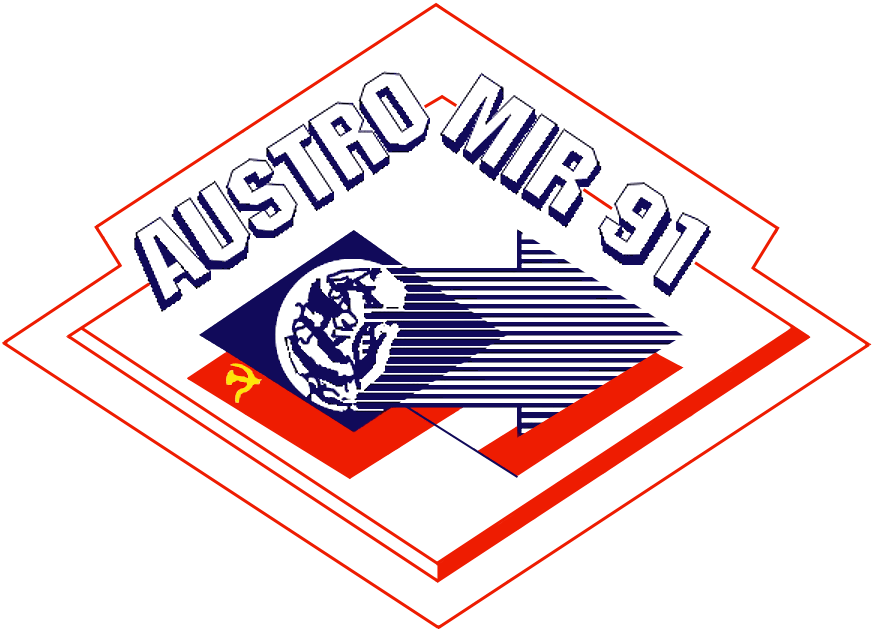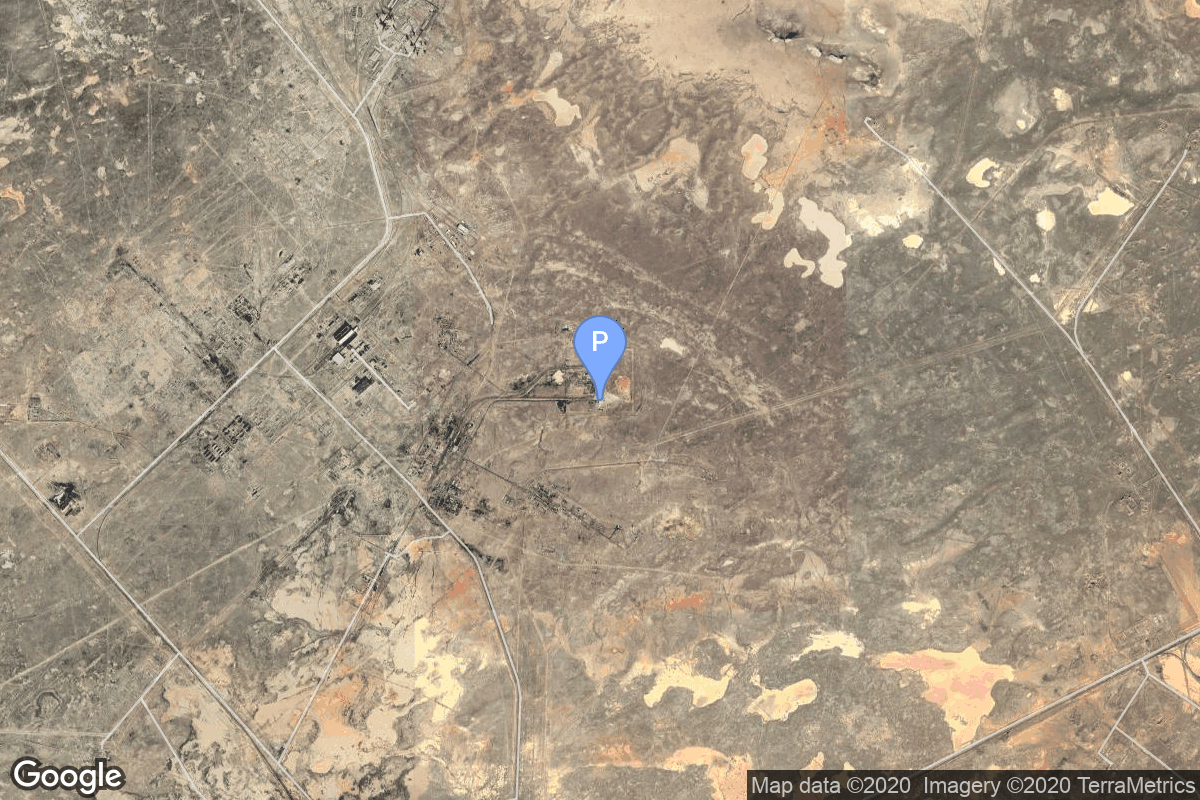Soyuz TM-13
Soyuz-U2
Soviet Space Program
Crew
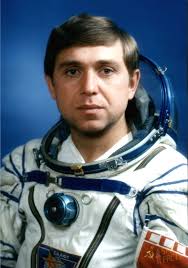
Aleksandr Aleksandrovich Volkov
- Birthday: 05/27/1948
- Role: Commander
- Nationality: Russian
- First Flight: 09/17/1985
- Last Flight: 10/02/1991
Aleksandr Aleksandrovich Volkov (Russian: Алекса́ндр Алекса́ндрович Во́лков, born 27 May 1948) is a retired Russian cosmonaut. He is a veteran of 3 space flights, including twice to the Mir Soviet space station, and is the father of cosmonaut Sergey Volkov.
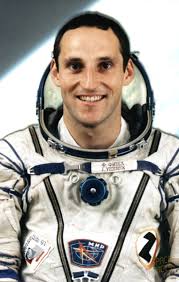
Franz Viehböck
- Birthday: 08/24/1960
- Role: Research Cosmonaut
- Nationality: Austrian
- First Flight: 10/02/1991
- Last Flight: 10/02/1991
Franz Artur Viehböck (born August 24, 1960 in Vienna) is an Austrian electrical engineer, and was Austria’s first cosmonaut. He was titulated „Austronaut“ by his country’s media. He visited the Mir space station in 1991 aboard Soyuz TM-13, returning aboard Soyuz TM-12 after spending just over a week in space.
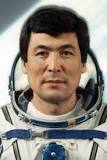
Toktar Aubakirov
- Birthday: 07/27/1946
- Role: Research Cosmonaut
- Nationality: Kazakhstani
- First Flight: 10/02/1991
- Last Flight: 10/02/1991
Toktar Ongarbayuly Aubakirov (Kazakh: Тоқтар Оңғарбайұлы Әубәкіров, Russian: Токтар Онгарбаевич Аубакиров, born on 27 July 1946) is a retired Kazakh Air Force officer and a former cosmonaut.
In 1991, in accordance with an agreement between the governments of the USSR and the Kazakh SSR, started training at the Gagarin Cosmonaut Training Center. On 2 October 1991 he launched with Russian cosmonaut Alexander Volkov as flight commander, and the Austrian research cosmonaut Franz Viehböck in Soyuz TM-13 from the Baikonur Cosmodrome spaceport, and spent over eight days in space.
Mission
Soyuz TM-13
- Type: Human Exploration
- Orbit: Low Earth Orbit
Soyuz TM-13 was the 13th mission and the tenth long-duration expedition to Mir space station. The mission began on October 2, 1991, 05:59:38 UTC, launching Commander Alexander Volkov, Research Cosmonaut/Flight Engineer Toktar Aubakirov and Research Cosmonaut Franz Viehböck, the first Austrian cosmonaut, into orbit. They docked with Mir two days later. During their stay there, cosmonauts performed EVAs, various station repair and maintenance tasks, and carried out scientific experiments in biology, geophysics, space technology, astronomy etc. They were visited by several Progress resupply spacecrafts, and welcomed aboard the Soyuz TM-14 crew.
The mission concluded with a safe landing back on Earth on March 25, 1992, 08:51:22 UTC.
Location
1/5
Baikonur Cosmodrome, Republic of Kazakhstan
1/5 has witnessed the launch of 487 rockets, including 487 orbital launch attempts, while Baikonur Cosmodrome, Republic of Kazakhstan, has been the site for 1547 rocket launches.
Rocket
Soviet Space Program Soyuz-U2
The Soyuz-U2 was a Soviet, later Russian, carrier rocket. It was derived from the Soyuz-U, and a member of the R-7 family of rockets. It featured increased performance compared with the baseline Soyuz-U, due to the use of syntin propellant, as opposed to RP-1 paraffin, used on the Soyuz-U.
Agency
Soviet Space Program
The Soviet space program, was the national space program of the Union of Soviet Socialist Republics (USSR) actived from 1930s until disintegration of the Soviet Union in 1991.
The Soviet Union’s space program was mainly based on the cosmonautic exploration of space and the development of the expandable launch vehicles, which had been split between many design bureaus competing against each other. Over its 60-years of history, the Russian program was responsible for a number of pioneering feats and accomplishments in the human space flight, including the first intercontinental ballistic missile (R-7), first satellite (Sputnik 1), first animal in Earth orbit (the dog Laika on Sputnik 2), first human in space and Earth orbit (cosmonaut Yuri Gagarin on Vostok 1), first woman in space and Earth orbit (cosmonaut Valentina Tereshkova on Vostok 6), first spacewalk (cosmonaut Alexei Leonov on Voskhod 2), first Moon impact (Luna 2), first image of the far side of the Moon (Luna 3) and unmanned lunar soft landing (Luna 9), first space rover (Lunokhod 1), first sample of lunar soil automatically extracted and brought to Earth (Luna 16), and first space station (Salyut 1). Further notable records included the first interplanetary probes: Venera 1 and Mars 1 to fly by Venus and Mars, respectively, Venera 3 and Mars 2 to impact the respective planet surface, and Venera 7 and Mars 3 to make soft landings on these planets.
